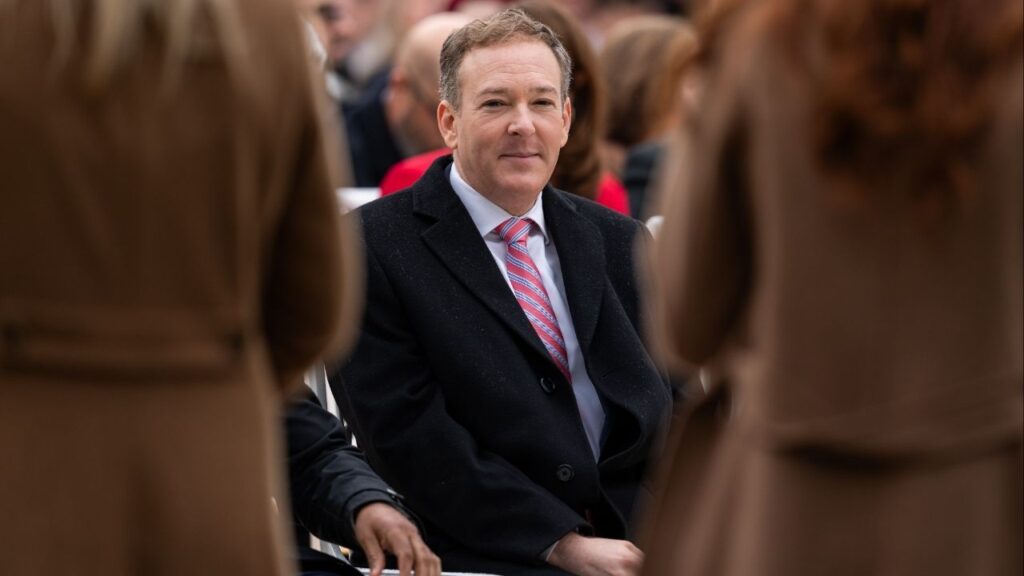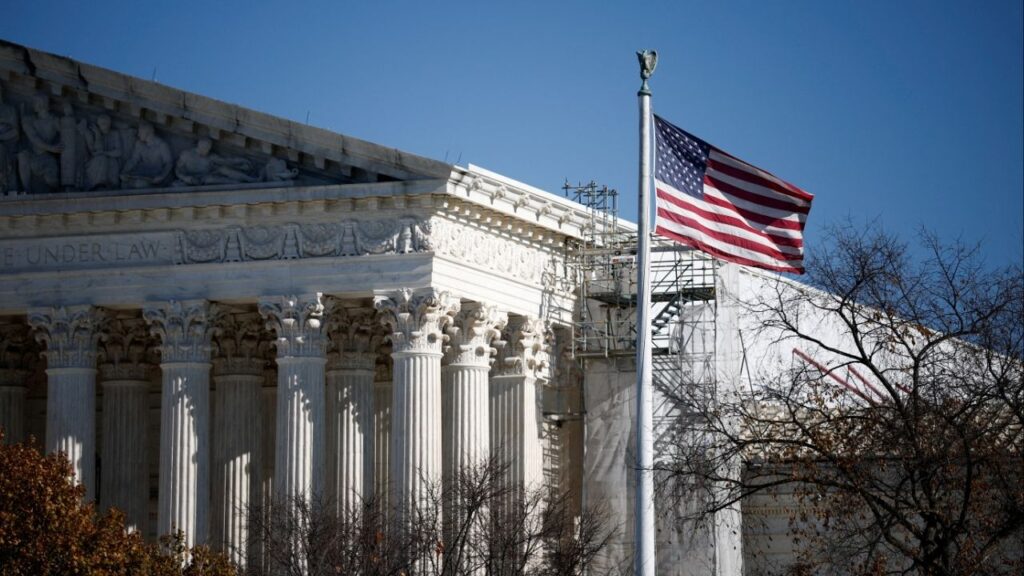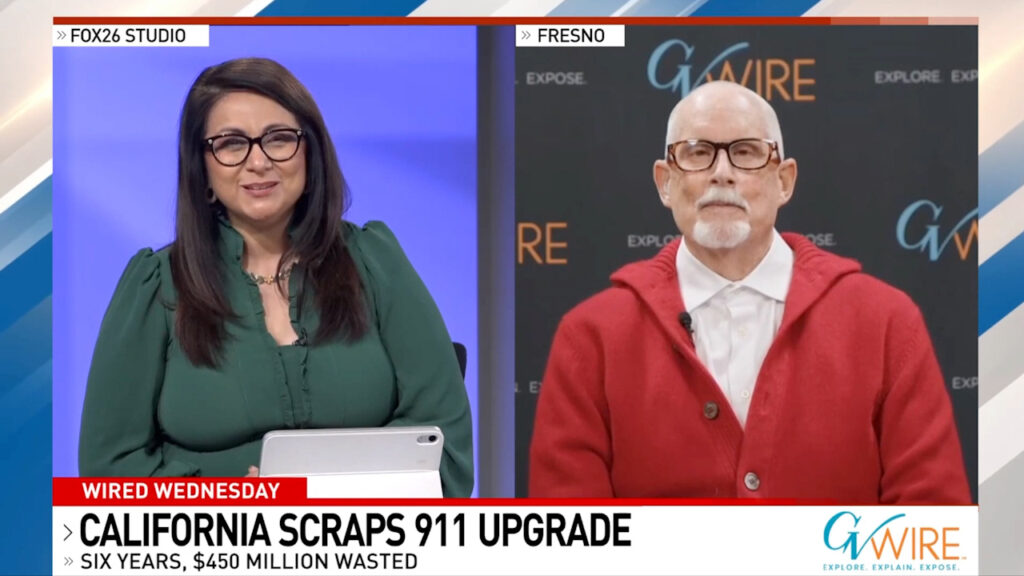Secretary of Transportation Sean Duffy arrives at Reagan Washington National Airport to speak with passengers and staff on the first day of reduced airline flights in Arlington, Va.., on Friday morning, Nov. 7, 2025. Major airports appeared to be working largely as normal on Friday morning as a wave of flight cancellations hit the U.S. (Andrew Leyden/The New York Times)
Share
|
Getting your Trinity Audio player ready...
|
A wave of flight cancellations hit the United States on Friday, bringing home the effects of the government shutdown to many more Americans, though major airports appeared to be working largely as normal in the morning.
The cuts were announced by Federal Aviation Administration this week to limit air traffic as the shutdown, now the longest in U.S. history, leaves air traffic controllers working without pay. Major airlines said most customers would not be affected and that travelers who wanted to change or cancel a flight for a refund could do so. International flights were virtually unaffected.
Starting Friday, the FAA required airlines to cut 4% of flights at 40 of the nation’s busiest airports, including those serving Atlanta, Chicago, Los Angeles, New York and other major cities. The mandate will remain in place through Monday, rising to 6% Tuesday, 8% Thursday and 10% next Friday.
Airlines took a surgical approach to the cuts: The vast majority of U.S. routes Friday still have some service, and cancellations were concentrated on short-distance flights, according to Cirium, an aviation data firm.
As of early morning, airlines had canceled about 748 flights, about 3% of the 25,000 scheduled for the day. That constituted a relatively light disruption: If the number holds, Friday would be the 72nd worst day for flight cancellations since the start of last year, according to Cirium. More flights were canceled on Oct. 30.
“While it is sudden, it is definitely not chaotic,” David Kinzelman, United’s chief customer officer, said in an interview Thursday. Knowing the location and scale of the cuts in advance helped, he said. At some of the nation’s busiest airports — including Chicago O’Hare, LaGuardia in New York and Hartsfield-Jackson in Atlanta — travelers and staff members reported few disruptions.
About 1 in 5 of the canceled flights Friday connected destinations within a state, mainly in California and Texas, according to Cirium data. Only 10 canceled flights, mostly operated by international airlines, included destinations abroad: four in Canada, three in Jamaica and one each in Germany, New Zealand and Switzerland.
Airlines are accustomed to handling disruptions caused by myriad factors such as bad weather, staffing shortages and technological outages. And while the scale of these cuts is larger than usual, airlines said they would be manageable. Flying is generally less congested in the weeks before Thanksgiving, which gives the industry some room to maneuver.
While the cuts this weekend are limited, they will be more difficult to manage as the reductions rise. And if the shutdown lingers, travel around Thanksgiving, one of the busiest periods of the year, could be affected.
Here’s What Else to Know:
— Airlines: United said it expected to cancel fewer than 200 flights per day through the weekend and that travel between its main hubs would not be interrupted, comparing the cuts to those it would make during a midsize winter storm. Delta said it expected to cancel about 170 flights Friday and fewer Saturday, but intended to continue service to all its destinations. American said it expected to cancel about 220 flights per day through the weekend. Collectively, those airlines operate more than 15,000 daily flights.
— Affected airports: The 40 airports affected include the busiest for commercial traffic and several high-traffic cargo hubs and airfields favored by private jets.
— What travelers should know: Some U.S. airlines have indicated that they will maintain international flights and reduce regional trips, meaning the cuts could have a significant impact on smaller airports that prioritize domestic and regional flights.
— D.C. stalemate: Republicans and Democrats appeared far from reaching a deal to end the shutdown. Polling shows that public opinion has shifted against Republicans, a fact President Donald Trump acknowledged this week.
—
This article originally appeared in The New York Times.
By Niraj Chokshi/Andrew Leyden
c. 2025 The New York Times Company
RELATED TOPICS:
Categories

MAHA Activists Urge Trump to Fire His EPA Administrator

Meta Strikes Multiple AI Deals With News Publishers

















